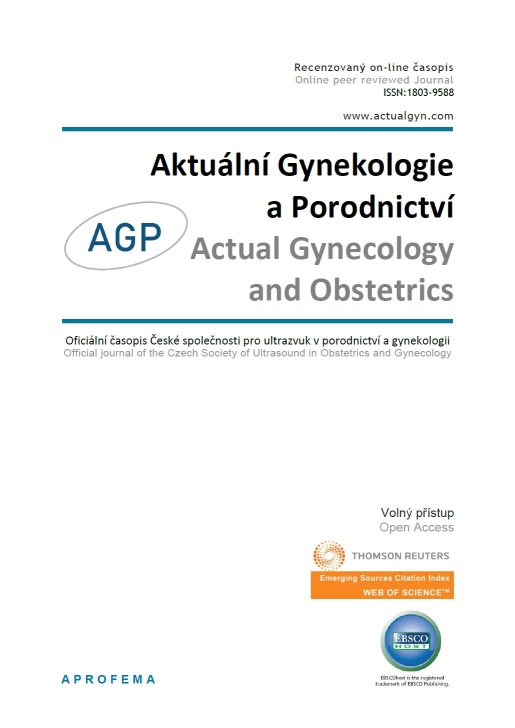











 Official publication of the Czech Society of Ultrasound in Obstetrics and Gynecology.
Official publication of the Czech Society of Ultrasound in Obstetrics and Gynecology.

The dangerous and in some cases life-threatening birth collides with the biogenetic imperative, which implies that reproduction is the ultimate goal of every individual and the force of evolution. The human pelvis is a biological compromise between two functions - bipedal gait and childbirth. Changing gait to bipedal undoubtedly results in severe anatomical remodeling of the pelvis, resulting in pelvic narrowing and the creation of a very specific birth canal, where the fetus is forced to perform complex head movements during the second stage of labor. These anatomical evolutionary changes also play a significant role in increasing the frequency of caesarean sections. There is the increase in cephalopelvic disproportion over the last 30 years from the 3% to 3.7%. With modern obstetrics, we save fetuses that would not survive under the pressure of natural selection. Cesarean section freed mothers (with a narrow pelvis) and fetuses (with a higher birth weight) from selection pressure. Thus, medical interventions can sometimes lead to evolutionary changes that can occur over several decades and not over millennia, and thus can set a new biological trend. Although we are currently experiencing an era of Caserean section, it should only be performed if it is medically necessary. Every effort should be made to provide Caesarean sections only to women who trully require it, rather than trying to reach a specific frequency (10-15%) according to the World Health Organization.